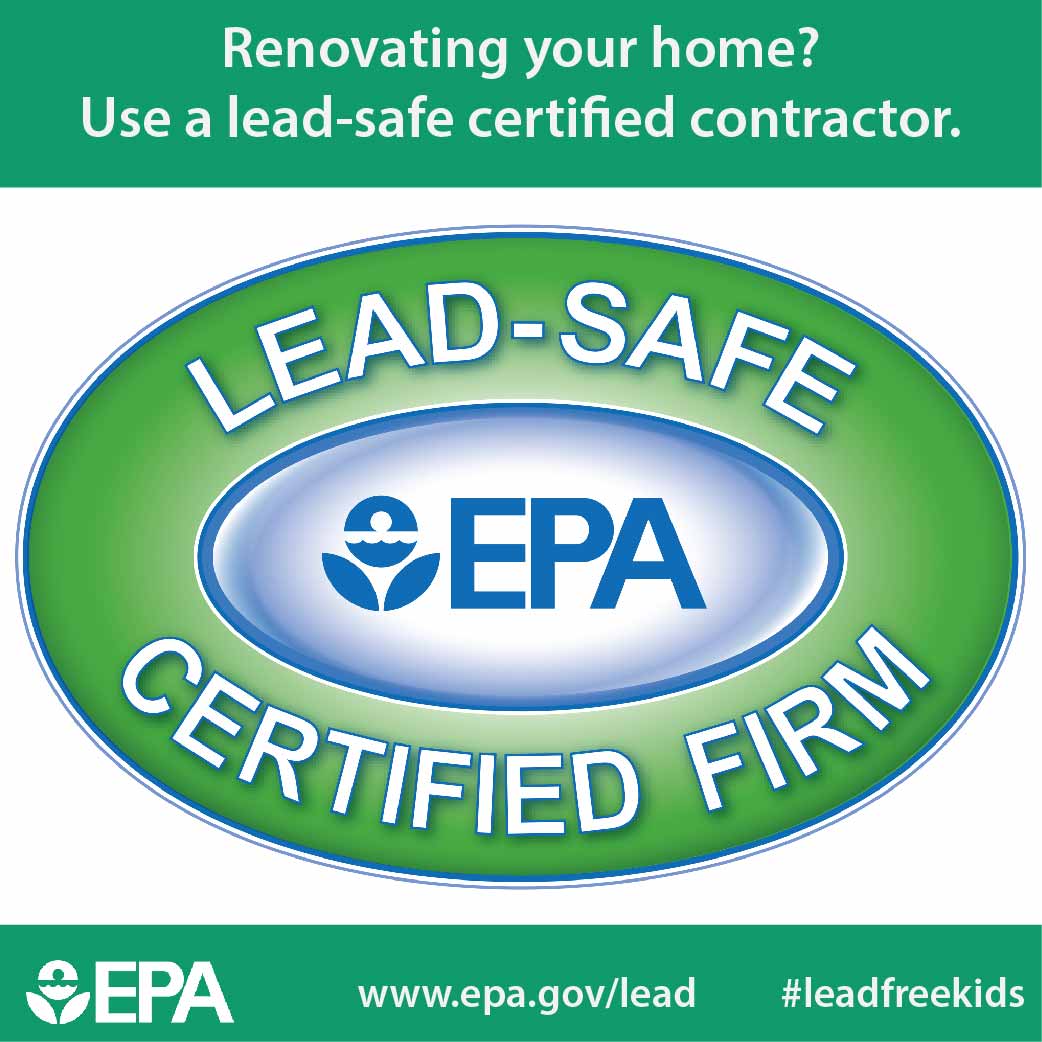Seasonal Factors In Business Exterior Painting: Trick Insights You Need To Be Aware Of
Seasonal Factors In Business Exterior Painting: Trick Insights You Need To Be Aware Of
Blog Article
Uploaded By-McLamb Decker
When you're intending an industrial outside painting job, seasonal elements can make or break your outcomes. You'll want to consider just how temperature level and humidity influence paint application and drying times. Picking the ideal season can ensure your paint sticks appropriately and lasts longer. But which periods are truly the best for this kind of work? Allow's explore the crucial elements that can impact your project's success.
The Effect of Temperature on Paint Application
When you're preparing a commercial exterior paint project, the temperature can considerably affect how well the paint adheres and dries.
Ideally, you intend to repaint when temperature levels vary in between 50 ° F and 85 ° F. If it's too chilly, the paint might not cure appropriately, bring about concerns like peeling or cracking.
On the flip side, if it's too hot, the paint can dry out too promptly, protecting against appropriate bond and causing an unequal surface.
You need to also consider the time of day; early morning or late afternoon uses cooler temperature levels, which can be more beneficial.
Always examine the producer's recommendations for the particular paint you're using, as they often give assistance on the perfect temperature level range for optimal results.
Humidity and Its Impact on Drying Times
Temperature level isn't the only environmental factor that influences your industrial external painting job; humidity plays a significant duty also. High humidity levels can decrease drying out times significantly, affecting the general quality of your paint work.
When the air is filled with wetness, the paint takes longer to heal, which can lead to issues like poor adhesion and a greater risk of mold development. If you're repainting on a particularly moist day, be gotten ready for extended delay times between coats.
It's crucial to check neighborhood weather conditions and strategy as necessary. Ideally, go for humidity levels between 40% and 70% for ideal drying.
Keeping straight line in mind guarantees your project stays on track and delivers a lasting coating.
Best Seasons for Commercial Exterior Paint Projects
What's the best time of year for your commercial exterior painting projects?
Springtime and early fall are normally your best options. Throughout these seasons, temperatures are mild, and moisture degrees are typically reduced, producing perfect conditions for paint application and drying out.
Prevent summertime's intense heat, which can cause paint to dry as well swiftly, bring about poor bond and finish. Similarly, winter season's cool temperature levels can prevent proper drying out and healing, risking the long life of your paint task.
Aim for days with temperature levels between 50 ° F and 85 ° F for optimum results. Keep in exterior house painting to inspect the neighborhood weather forecast for rain, as wet conditions can ruin your task.
Preparation around these elements ensures your paint job runs smoothly and lasts much longer.
Final thought
Finally, preparing your commercial exterior paint tasks around seasonal factors to consider can make a considerable distinction in the result. By scheduling job throughout the optimal temperatures and humidity levels, you'll make certain far better attachment and drying times. Bear in mind to watch on local weather report and pick the correct time of year-- springtime and very early autumn are your best bets. Taking these actions will aid you accomplish a durable and expert finish that lasts.
